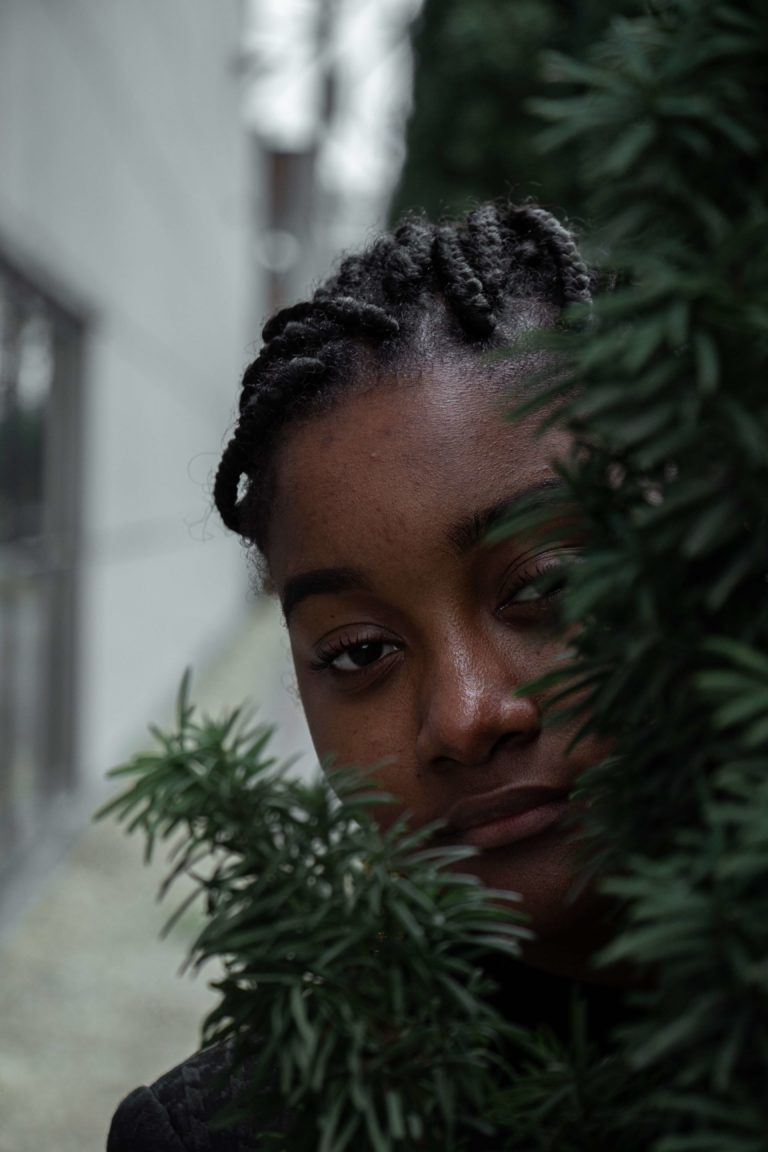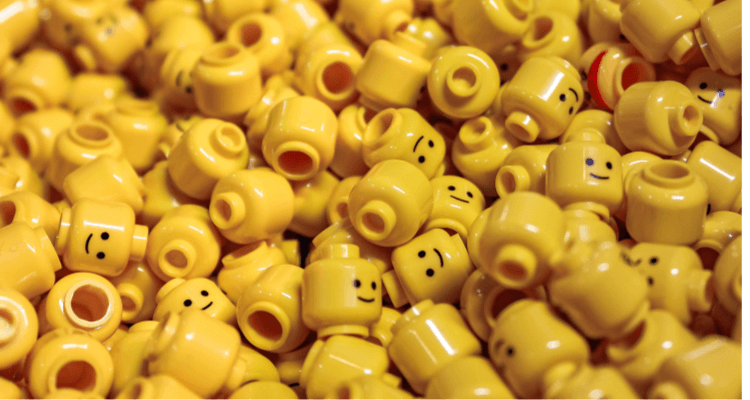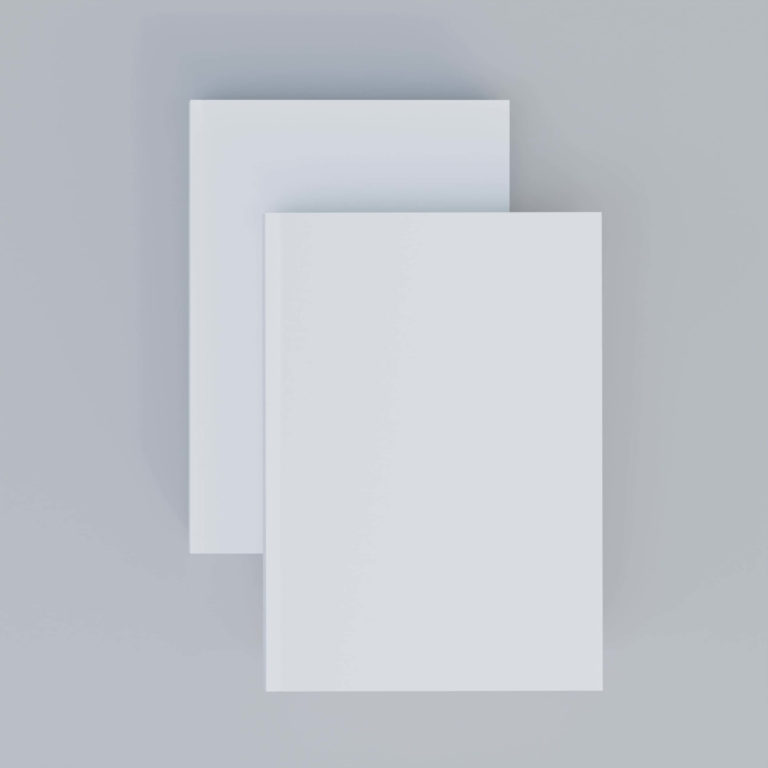What is a Story Archetype?
A story archetype is a recurring theme, story type, character process, or, idea. These archetypes recur across not only your pieces and my pieces but also throughout the history and modern making of literature. They are most commonly used for novels(books) and screenplays (movies &films); There 7 classic story archetypes
What is an Archetype?
Merriam Webster defines an archetype to be an inherited idea or mode of thought in the psychology of Carl Gustav Jung that is derived from the experience of the race and is present in the unconscious of the individual.
Dictionary.com defines an archetype to be the original pattern or model from which all things of the same kind are copied or on which they are based; a model or first form; prototype.
And the dictionary I am holding in my hand defines it as a perfect example of a type or group.
And the paraphrased combination of these definitions brings AW’s understanding of what an archetype is to be…
Archetype: A theme, experience, mental process, or common development, that is recurring amongst a certain race, people, or kind of thing. This recurring thing can also be an example that contributes to the definition or understanding of that thing.
Why Are Archetypes Amportant For Stories?
Character archetypes take a crack at the human experience, what life means and how we all live it in our different ways. You and I may not know each other. But we may have had a similar type of experience. An experience with details so unique details for each person. And experience like happiness, or loss. Applying this concept to stores to develop a plot make stories, even fictional ones realistic.
Story Archetypes allow readers to recognize their world or elements of their life in a story. They see themselves, what they could be, what they’ve been through, what they aspire to, how they want to live, what they want to do. They essentially get to explore their own world in a new way. Story archetypes also allow readers to recognize or discover perspectives that already exist in this world. Through a developed exploration of that perspective.
8 Story Archetypes
Now here are 7 classic story archetypes.
1. Voyage And Return
As the name suggests this archetype requires the protagonist to be suddenly thrusted into a foreign world or place and must make their way back to normal life. Thus making a voyage and then returning. Trying to get home isn’t a fast and easy process: their are often obstacles that stand in the protagonist’s way.
A great example of this is C.S. Lewis’ The Chronicles of Narnia: The Voyage Of The Dawn Treader.
2. Rags To Riches
A mundane protagonist being unprivileged or disadvantaged in some way gains an advantage, mostly something they don’t have, and by then of the end of the story is rich (richer than they started): Having some sort of superior advantage.
General Story Archetype Process
- Charcter introduced and is poor, diadvataged or plain
- The character then gains an advatage, now haing something they did not have before. Gaing this in a miraculous or unanticipated manner.
- The charcters newly gained advantge is challenged in some way. The character could loose their advantage, misuse it or not know how to use it, have it stolen, etc. The challenge often comes from the old poor life the protagonist use to live.
- Then the charater regains their advantage or gain a new and better one. And has a happy ending.
An example of this is the well-known story of Cinderella. Another is Ready Player One by Ernest Cline
3. Comedy
Relating to literature comedy can be a swirl of things. Including irony, confusion, humor, drama, etc. To put it simply, two characters are meant to be together (the hero and heroine). But they go through a deal of conflict and obstacles to accomplish this. In the end, all is well and they are together.
4. Tradgedy
In a tragedy, the protagonist comes to ruin because of a character flaw. It could be one huge character flaw or a couple. The protagonist could also come to an inevitable ruin, totally out of his/her control.
Othello by William Shakespeare is a great example of this.
5. The Quest
These types of stories can have and build very have loyal fan bases…cough-cough The Harry Potter series by J.K Rowling and Lord of The Rings by J. R. R. Tolkien. In the quest, the protagonist leaves home (or a familiar place to) attain something or accomplish a certain task.
The story basically goes like this
- The Call : The protagonist leaves his home to accomplsih a task or attain something
- The Journey: The Portagonist usually accompanied by other aiding characters go on a journey that is perilous and full of obstacles, where the companions prove to be very useful.
- So Close! : The protagonist and friends get so close to their goal but experience a detrimental set back
- The Great Battle: They then go thorugh the last battle or series of challenges where the Protagonist must play a huge role in conquering.
- Success! : The charcter achieves their goal
6. Rebirth
As the name suggests the protagonist gets reborn. But not literally he/she starts off the story one way (usually bad) and ends the story another way (usually good), having their characteristics, ways, prejudices, flaws, or perspectives changed. The protagonist can also be a group of people changed, like a whole town or office building.
7. Overcoming The Monster
Some of the names for the archetypes are a dead give way, revealing what they are about. Like this one. In this archetype, the protagonist has to essentially over the monster or some evil force. This concept is straightforward but can be done in so many different ways. Sometimes the monster can even be the protagonist.
How to Choose And Use a Story Archetype for Your Story
Be inspired, write, and get organized. Some people start off their writing process with planning. In this stage, you can choose your story archetypes, structure, character types, and all other main story elements. Then let the fine details play out while writing.
Others just start writing the piece and figure the rest out later. Either way, as your story starts to really develop, stick with you and become lengthy, help it make it sense, and appeal to the readers. Choose your story elements and write accordingly.
Each story archetypes has its own flow. Some of them come with their own processes. To use them in your story think about the definition and process of a story archetype as a checklist, and analyze the plot of your story from there.
For example: If my story is a voyage and return type story
- does my protagonist start in a familiar place
- are they then suddenly placed or forced to a new place or world
- do they want to go home, do they try to go home
- is geting home hard for them
- Do they get home by the end of the book
Analyze or approach your story plot in this way to use them for the general flow of your story.
Here are some questions I initially had about story archetypes…
Can a Story Have or Be More Than One Archetype?
Yes, it can. In fact, many stories are more than one archetype. As stories develop and hold different themes and/or messages, have different characters, and have amazing details for every well-developed happening, it can become a beautiful combination of many different elements, and many of the same types of element. Imagine a rebirth and the quest kind of story.
When Do I Choose an Archetype For My Story?
Whenever you do and however it best fits your writing process. One thing is for sure when you know you know. When it is obvious to you that the story needs an archetype, then go for it. But don’t finish a story without one. Remember a story archetype helps the story to appeal to readers as it reflects their life or imagines a life they aspire to or just think is cool.
What are your questions on story archetypes? What is your favorite story archetype? What is your favorite story archetype combination if you have one?
Don’t just be a good writer, Be a great one
Until my next words (on here that is)
Christa









[…] When I think about story structure story archetypes always come to mind. I’ve already covered story archetypes: archetypes being a recurring sort of development or story flow. So you’ll have to read that blog […]